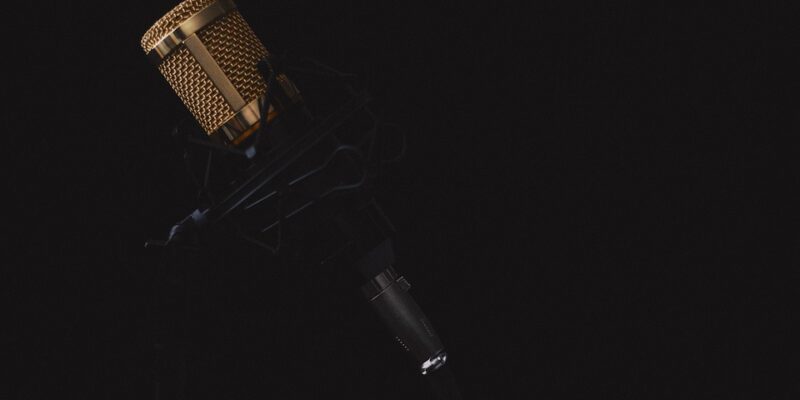Advanced Lighting and Texturing in Daz Studio
Daz Studio is a powerful tool for creating stunning 3D renders, but to truly bring your scenes to life, you need to master the art of lighting and texturing. In this article, we will explore advanced techniques for achieving realistic lighting and texturing effects in Daz Studio.
Setting up the Scene
Before diving into lighting and texturing, it’s important to set up your scene properly. Make sure your scene has a background, floor, and any other elements you want to include. You can use props and environments from the Daz Studio library or import your own assets.
Next, position your camera and adjust the framing of your shot. Experiment with different angles and compositions to find the best view of your scene.
Advanced Lighting Techniques
Lighting is a crucial aspect of creating realistic 3D renders. In Daz Studio, you can use a variety of lighting tools to achieve different effects. Here are some advanced lighting techniques to try:
1. Iray Sun and Sky: The Iray Sun and Sky system in Daz Studio simulates realistic outdoor lighting conditions. You can adjust the position, intensity, and color of the sun to create different moods and atmospheres in your scene.
2. HDRI Environment Lighting: HDRI (High Dynamic Range Imaging) environments can be used to create realistic lighting and reflections in your scene. You can create custom HDRI environments or use pre-made ones from the Daz Studio library.
3. Spotlights and Point Lights: Spotlights and point lights are great for adding focused lighting effects to your scene. You can adjust the intensity, color, and falloff of these lights to create dramatic shadows and highlights.
4. Iray Light Probes: Light probes are used to capture and reproduce real-world lighting conditions in your scene. You can use pre-made light probes or create your own to achieve accurate lighting effects.
Advanced Texturing Techniques
Texturing is another important aspect of creating realistic 3D renders. In Daz Studio, you can use a variety of texturing tools to enhance the realism of your materials. Here are some advanced texturing techniques to try:
1. PBR Materials: Physically Based Rendering (PBR) materials are designed to simulate real-world materials accurately. You can use the Daz Studio Shader Mixer to create custom PBR materials or use pre-made ones from the Daz Studio library.
2. Substance Painter Integration: Substance Painter is a powerful texturing tool that can be integrated with Daz Studio to create highly detailed textures. You can import Substance Painter textures into Daz Studio and apply them to your materials.
3. Texture Layering: Texture layering allows you to combine multiple textures to create complex materials. You can use the Daz Studio Layered Image Editor to blend textures together and adjust their properties.
4. Displacement Mapping: Displacement mapping is a technique that simulates surface details by displacing the geometry of an object. You can use displacement maps to add fine details such as wrinkles, bumps, and scratches to your materials.
Optimizing for Performance
When using advanced lighting and texturing techniques in Daz Studio, it’s important to optimize your scene for performance. Here are some tips for improving rendering speed and reducing memory usage:
1. Use Proxy Models: Proxy models are simplified versions of high-poly objects that can be used to speed up rendering. You can create proxy models for complex assets in your scene to reduce the computational load on your system.
2. Optimize Textures: Large textures can slow down rendering times and consume a lot of memory. You can optimize textures by resizing them, compressing them, or reducing their resolution.
3. Render Settings: Adjusting render settings such as ray bounces, shadow quality, and resolution can have a significant impact on rendering performance. Experiment with different settings to find the right balance between quality and speed.
Conclusion
Advanced lighting and texturing techniques can take your 3D renders in Daz Studio to the next level. By mastering these techniques, you can create stunningly realistic scenes that capture the imagination of your viewers. Experiment with different lighting setups, textures, and optimizations to find the perfect balance for your projects. With practice and creativity, you can elevate your Daz Studio renders to a professional level.
